Validation & Refinement
Blueprints Stage I
Construction
Initial Exploration
Technology Readiness Level: 1
While we were PhD students at MIT, our research inspired us to design a new nuclear reactor. Our initial neutronics simulations showed that a lithium fluoride – uranium fluoride fuel salt, moderated with zirconium hydride, would allow our reactor to remain critical with a loading of low-enriched uranium. We ran further steady-state and time-dependent
neutronics scoping analyses, as well as one-dimensional thermohydraulics analyses, which showed that the design was robust under a wide range of conditions. Our technical advisory board reviewed our initial design, and they recommended that we develop and try to commercialize it. We incorporated Transatomic Power on April 27, 2011.
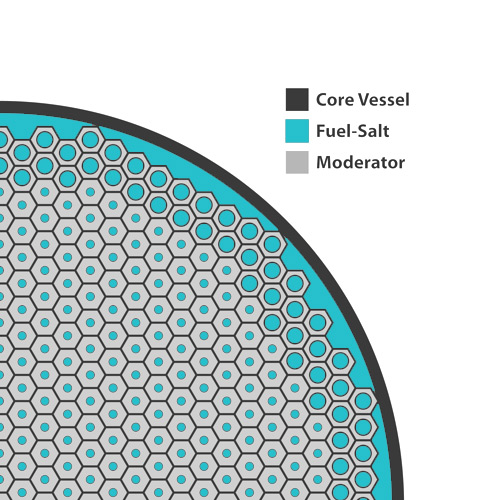
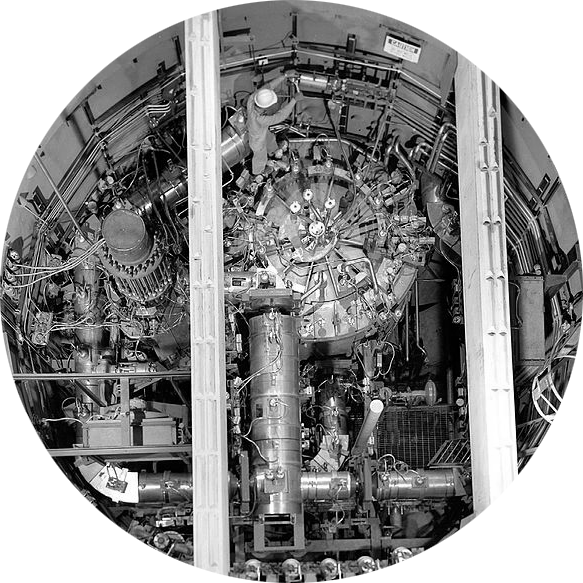
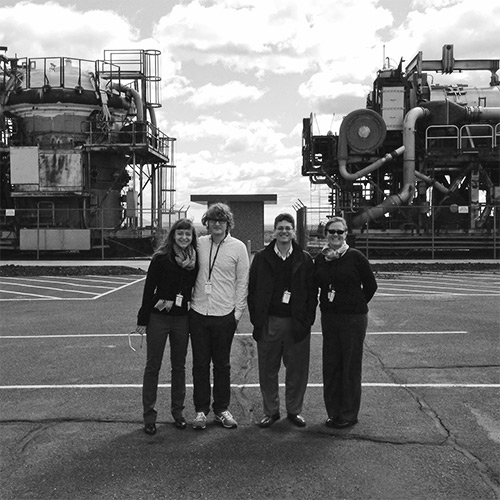
Preparatory Design
Technology Readiness Level: 2
We used fine-grained neutronics simulations to identify the edges of our design space, and examined the neutronic and thermohydraulic implications of a range of cladding materials and geometries. Following this work, we contracted with an EPC to develop a concept design and independent cost analysis, and developed the plan for our lab-scale testing of key components and materials.

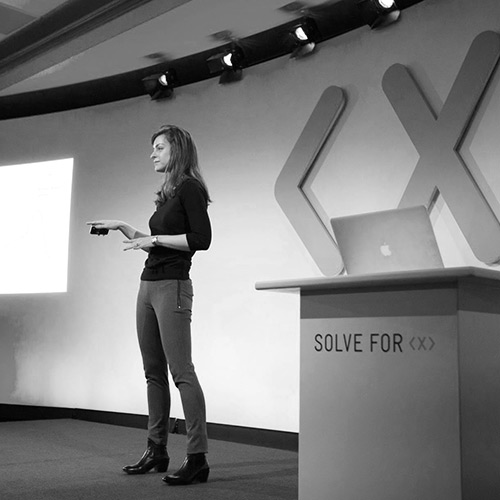

Validation & Refinement
Technology Readiness Level: 3-4
In addition to the lab experiments, we are conducting simulation and design work to optimize the reactor design. This analysis includes a thorough cost assessment of the plant, to further demonstrate commercial attractiveness.
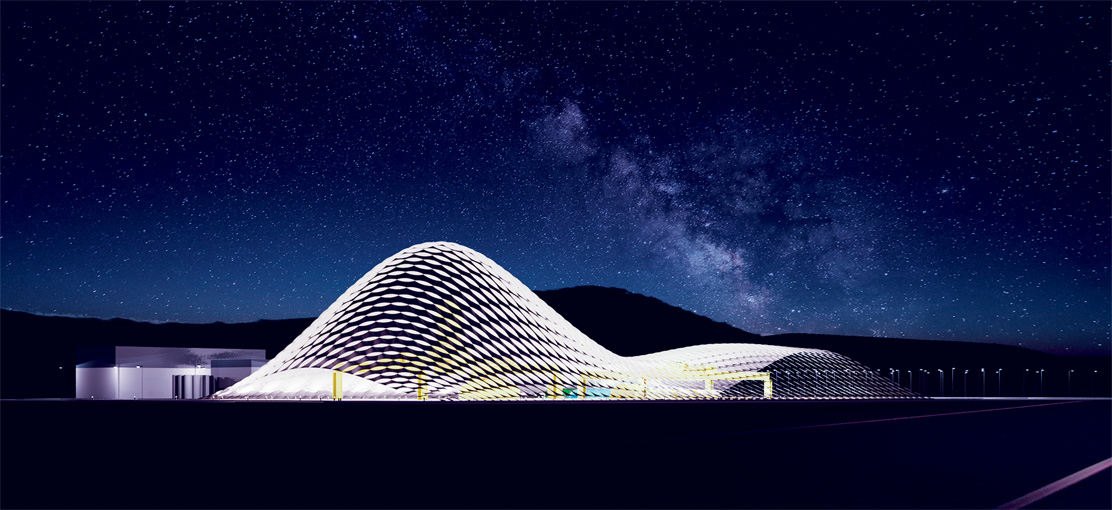
Site-Independent Demonstration Reactor Blueprints
Technology Readiness Level: 5
Working with an EPC firm, we will create the detailed blueprint specs for our facility, independent of a specific location.
Site-Specific Demonstration Reactor Blueprints
Technology Readiness Level: 6
Continued refinement of our reactor designs and specifications.
Demonstration Reactor Construction & Operation
Technology Readiness Level: 7
Completion of an operating demonstration reactor – the first commercial product.

